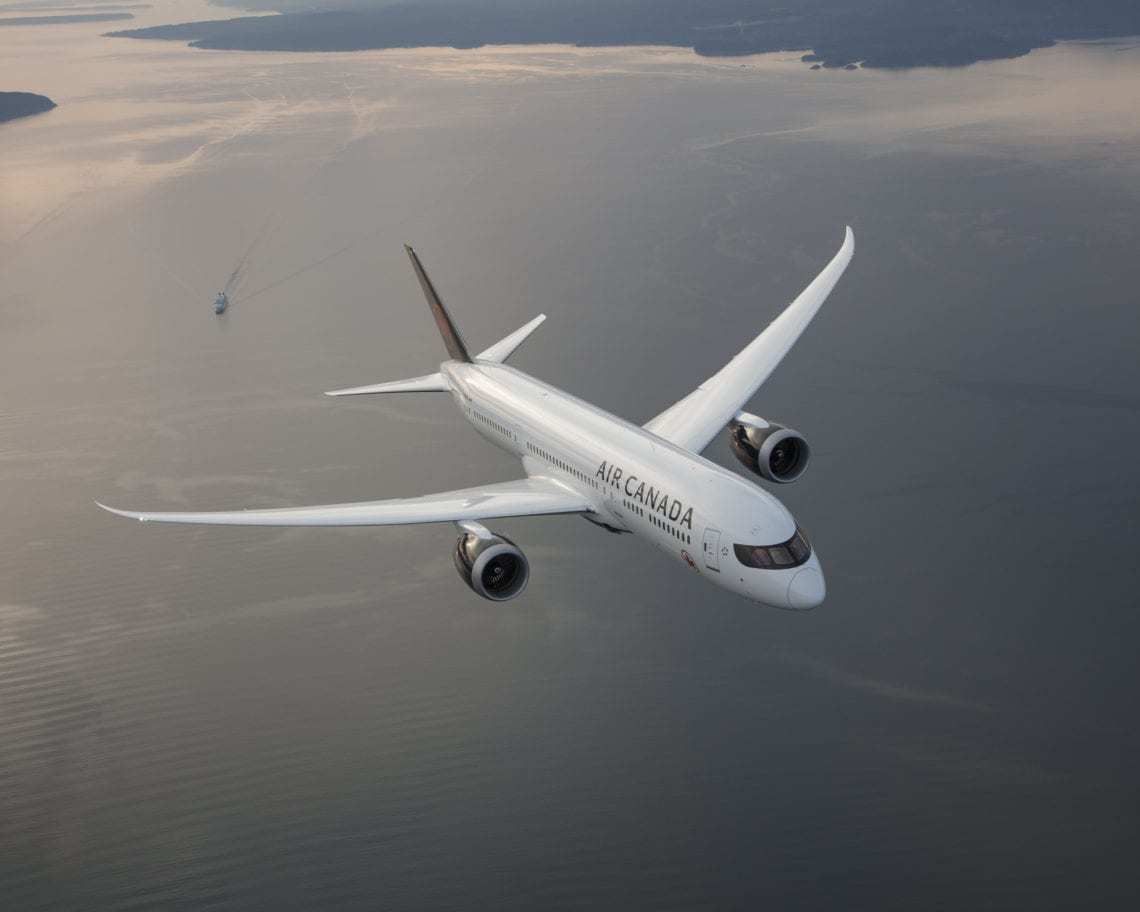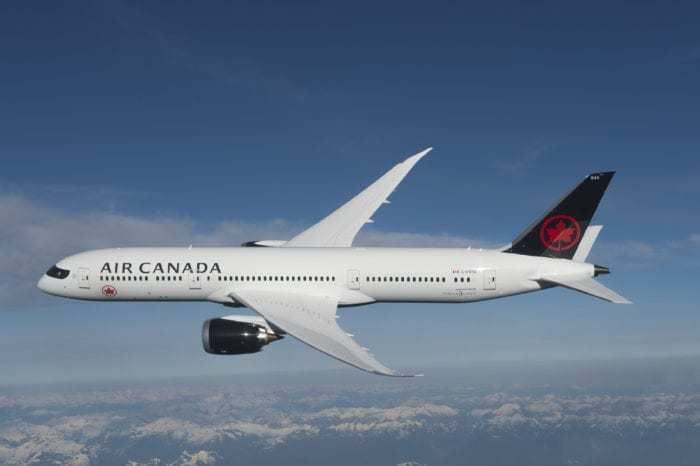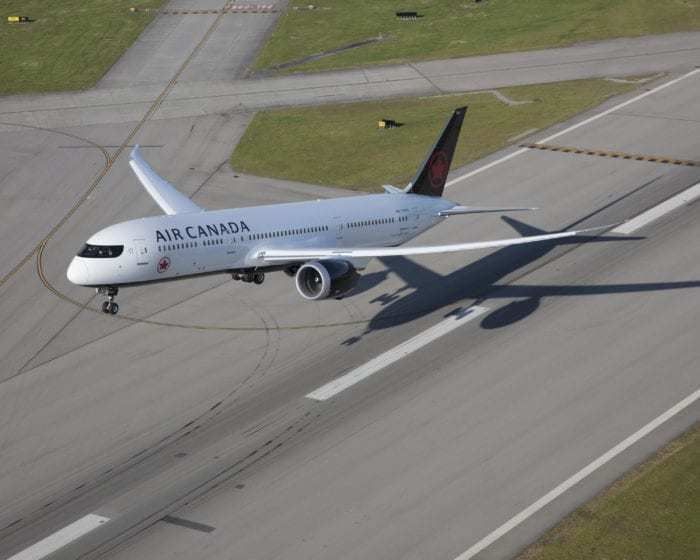Air Canada is one of the many airlines that have experienced an impact on their operation due to grounding of the Boeing 737 MAX. With no firm end in sight, Air Canada has been forced to make significant shifts in its flight schedule after removing the 737 MAX from operation until August.
Change in service due to aircraft removal
Air Canada maintained 24 Boeing 737 MAX in its fleet, all of which were grounded on March 13th. The airline was one of the larger operators of the type, so a lot of changes had to be made for reorganizing flight schedules to accommodate for the loss of these aircraft.
As reported by Flight Global, the MAX has been officially removed from the flight schedule of Air Canada at least until August 1st. This leaves the entire peak season of summer without the aircraft in service.
Before we see the 737 MAX return to the Air Canada fleet, a number of conditions will have to be met. First, the mandatory software updates are still waiting to be confirmed and approved, and after this, individual regulators will have to be satisfied with the changes before they lift the ban on the type. Air Canada also want to take the extra step of hosting their own tests of the aircraft to ensure safety and performance before it is reinstated.
Until these specific conditions are completed, Air Canada will continue to cover the gaps in its operation with some intelligent strategies.
Covering the Boeing 737 MAX routes and operation
There are three primary strategies from Air Canada to manage the flight schedule over the upcoming season: fleet optimization, extending aircraft leases, and consolidating flights.
Air Canada still has 163 aircraft in service which it is using for fleet optimization. By rearranging these aircraft to operate on routes that were initially serviced by the 737 MAX, they can continue service over the summer. The airline has been efficient in being able to achieve a seemingly uninterrupted service since the grounding regulation, with 96% of Air Canada's scheduled flights still in operation.
The second tactic is extending aircraft leases. Air Canada likes to keep the most modern aircraft in its lineup, but there could be a time delay between current contracts ending and new aircraft deliveries. As a result, Air Canada opted to extend the leases on several aircraft which were supposed to finish over the next few months.
Air Canada lease extensions include three Airbus A320 and three Embraer 190 aircraft. As a result of the WOW Airline bankruptcy, Air Canada will also be getting six Airbus A321 aircraft from their ex-fleet. A majority of the aircraft will be delivered rapidly and put into service immediately following rebranding.
Consolidating flights is a matter of collaborating with other airlines, such as fellow Star Alliance members, to be able to service specific routes. Lufthansa will service Air Canada flights from Montreal to Frankfurt, while Qatar Airways will service the flights from Montreal to Barcelona and Paris.
A temporary fix to the aircraft grounding
There are still around 4% of flights that Air Canada are unable to support; for these, passengers can request a full refund. Many of the strategies implemented by the airline are temporary (except for the new WOW aircraft). Air Canada are certainly hoping that the Boeing 737 MAX ban will be lifted soon, but without knowing the timing, it was better for them to ensure predictability by taking it out of service.
How do you think Air Canada will perform during the Summer based on their attempt to cover the missing Boeing 737 MAX flight schedules?



